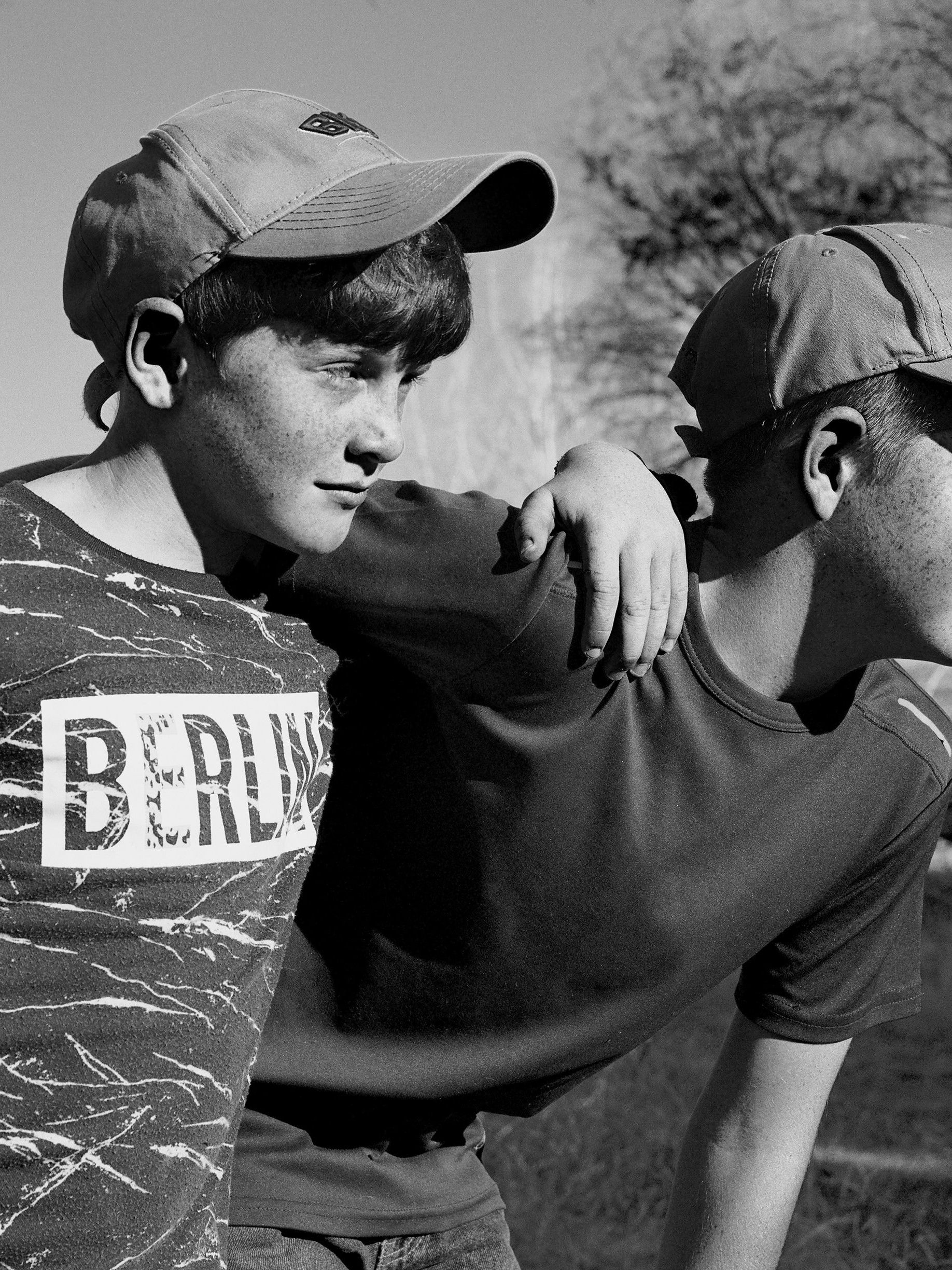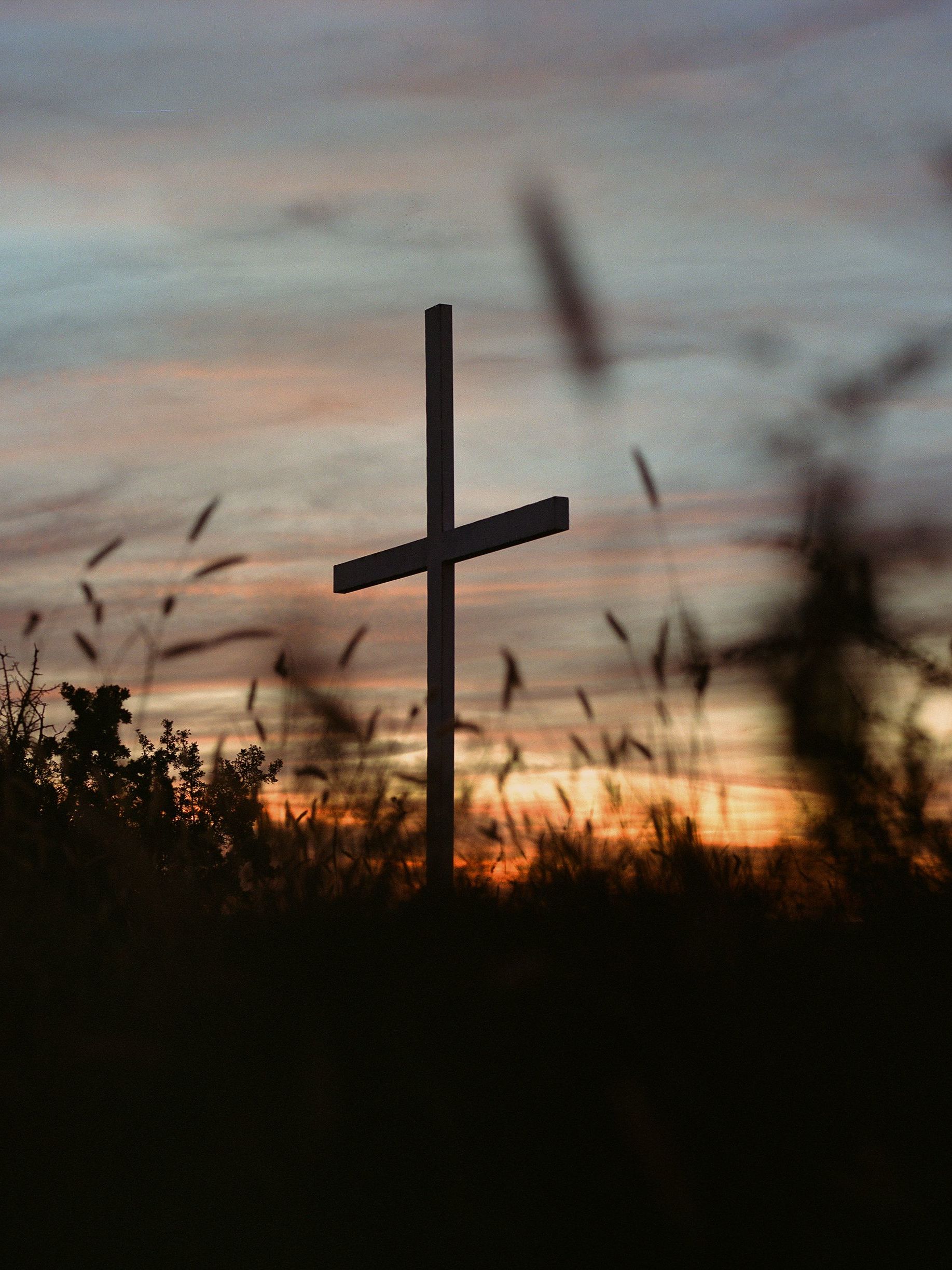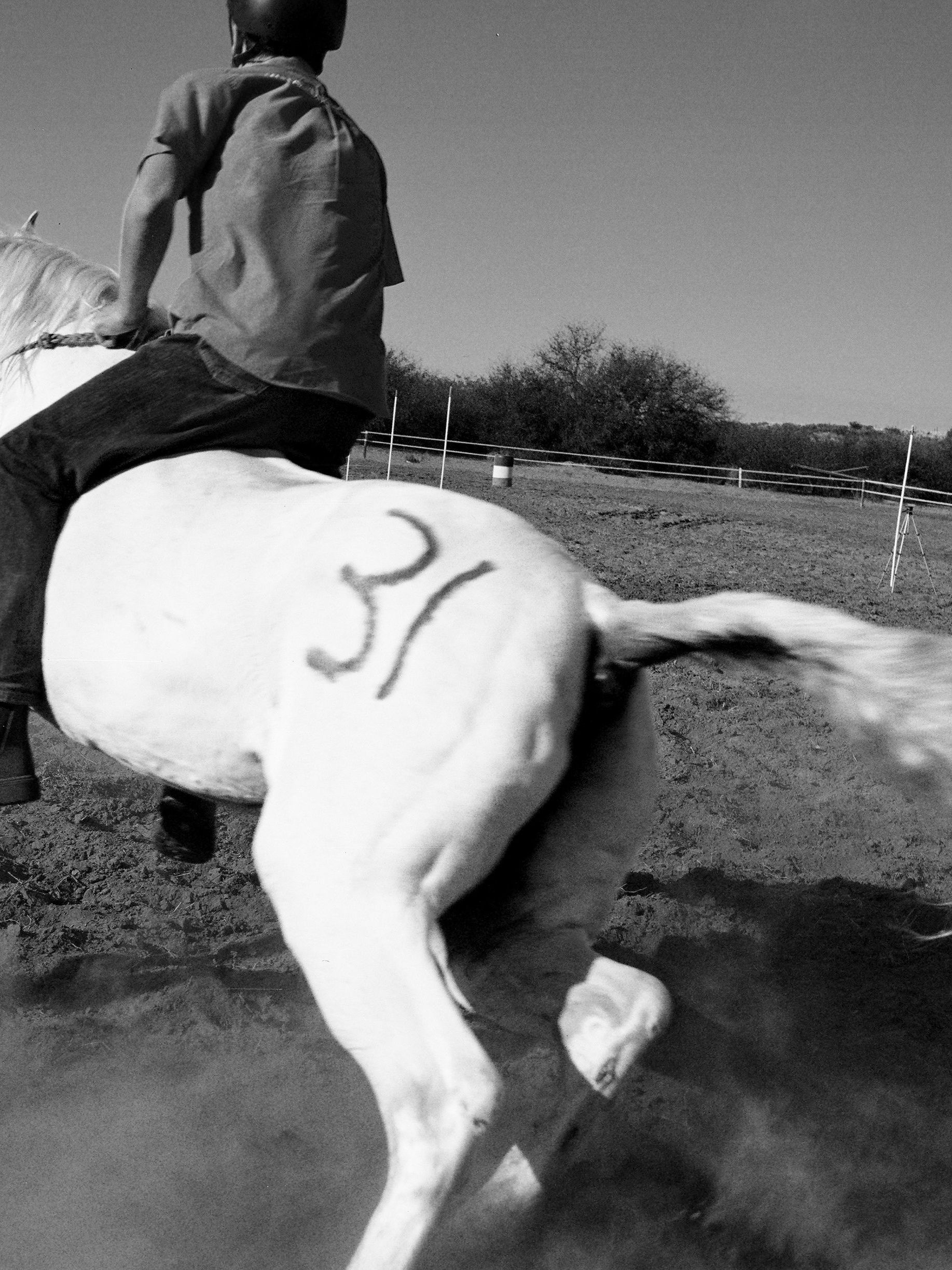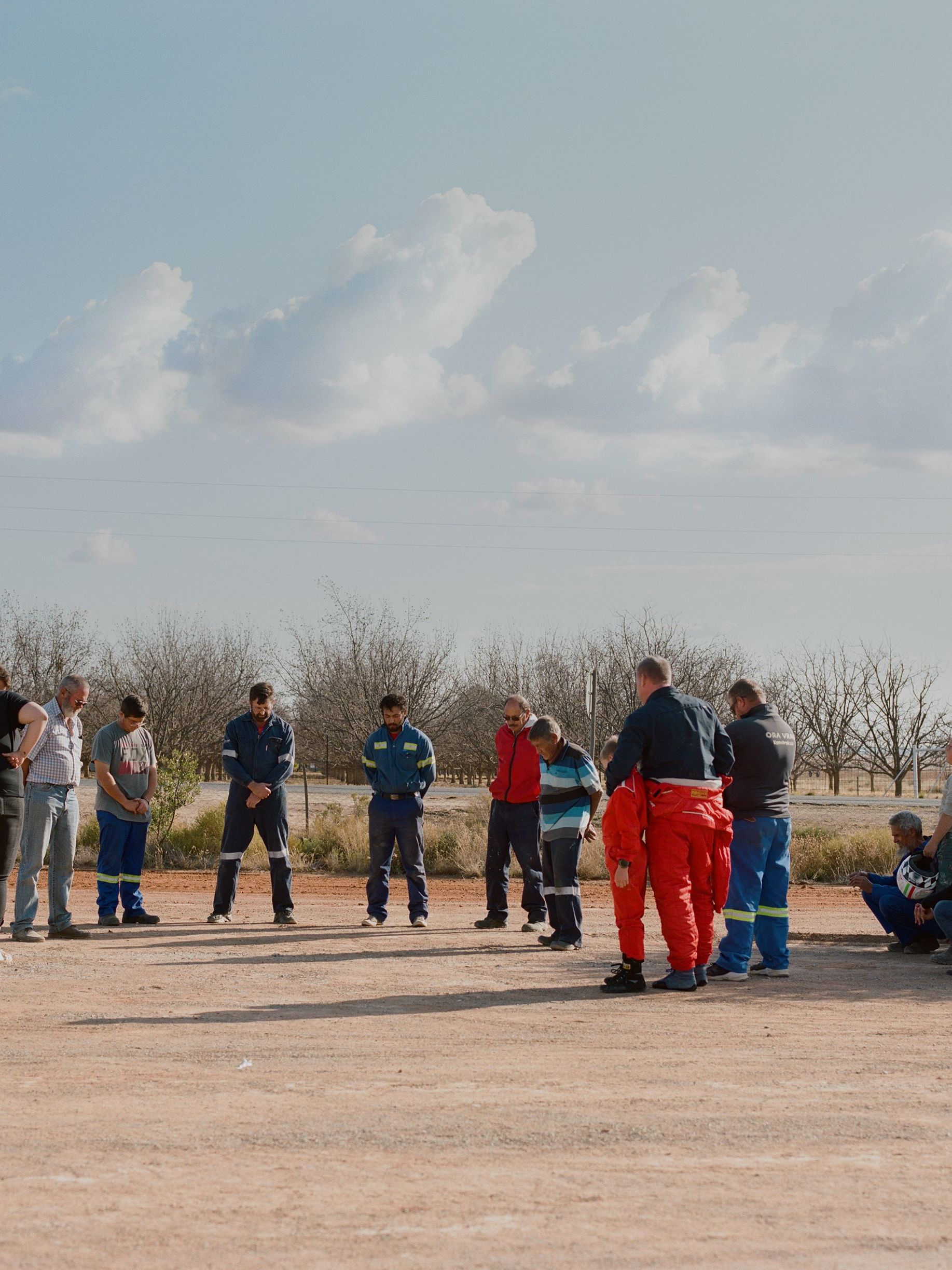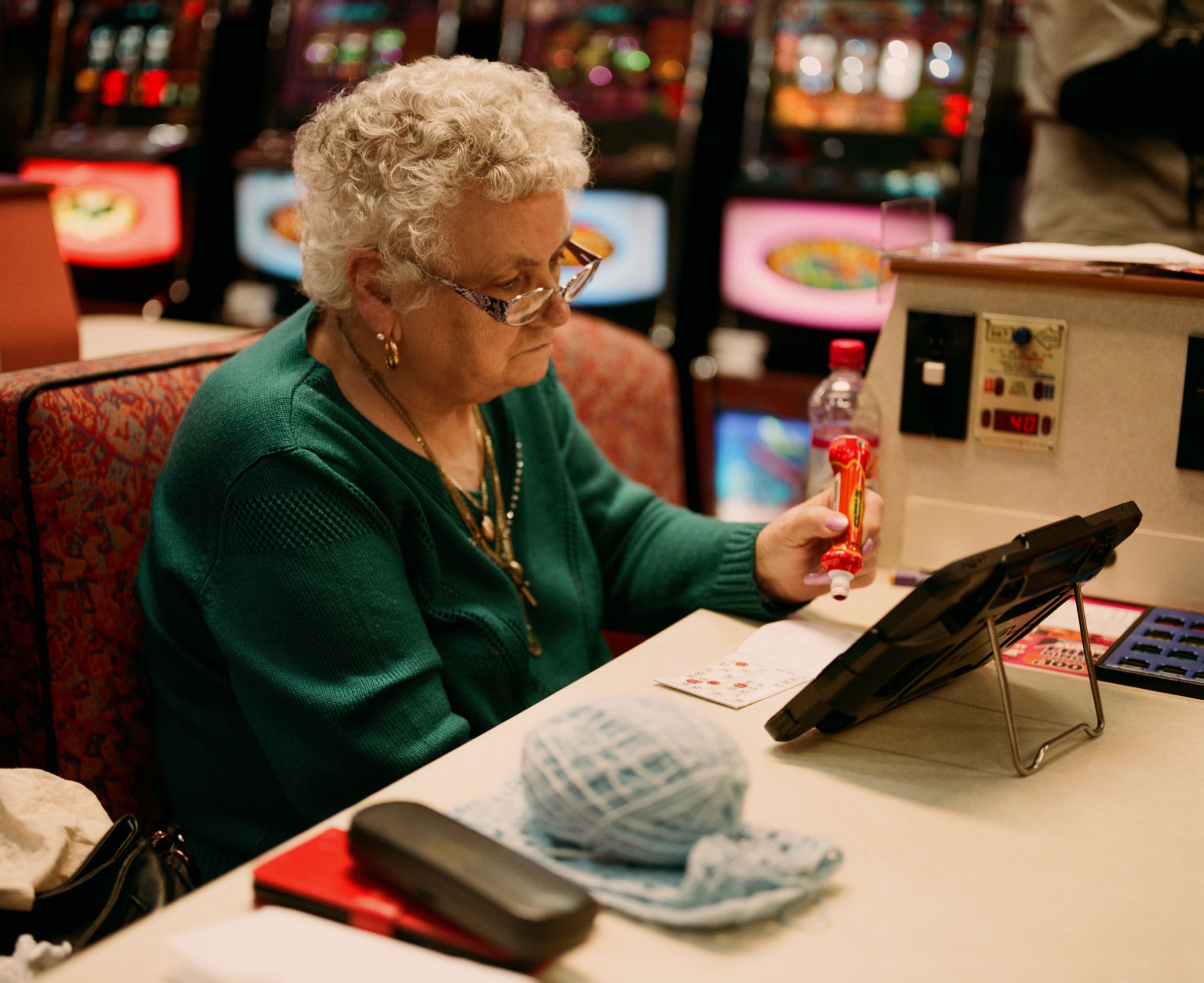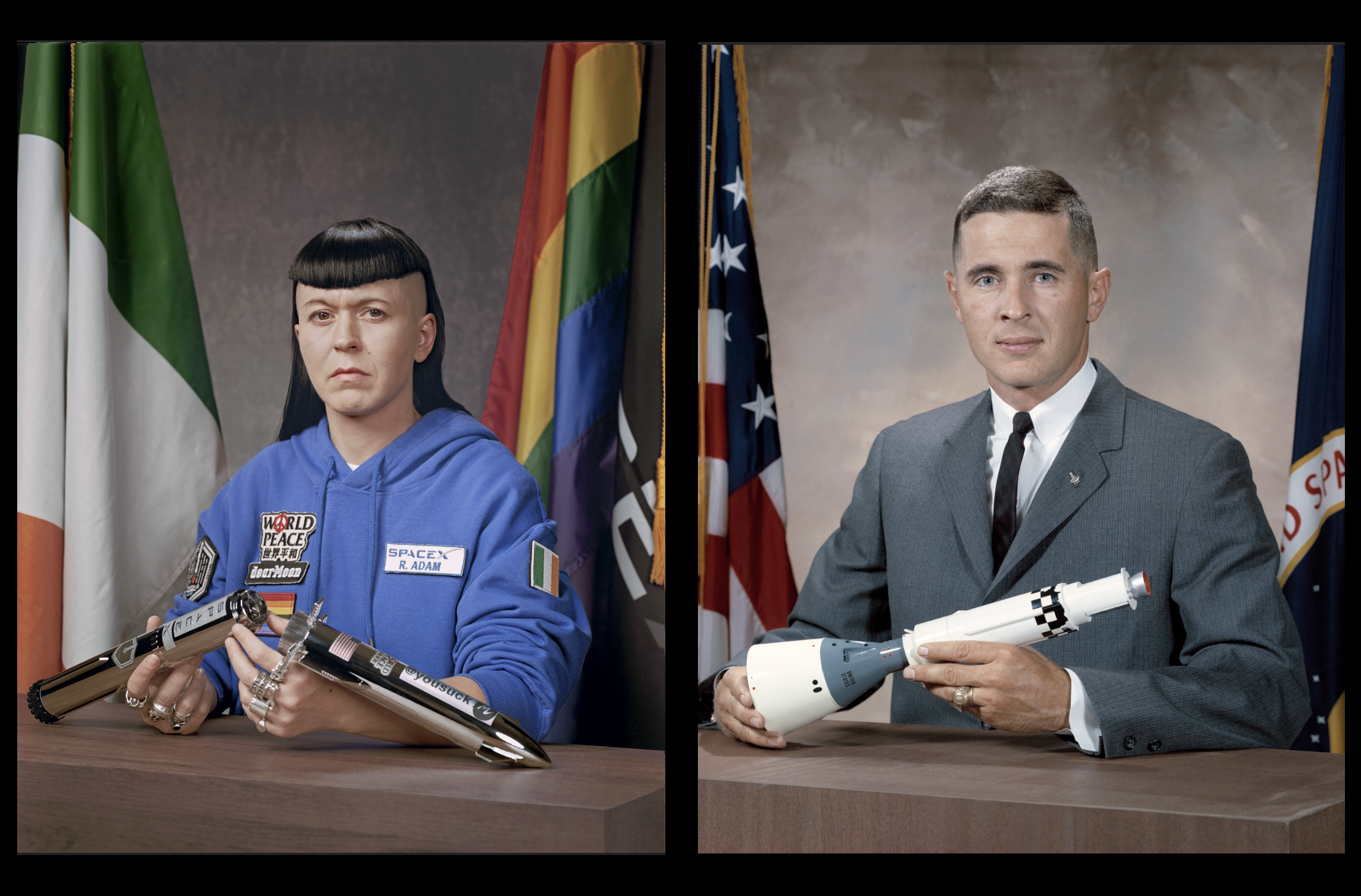Orania. This 3000 person strong community in a remote part of South Africa's Karoo desert is the last outpost of the Afrikaner nation state (Volkstaat) vision; an ethnostate of "true Afrikaners", or "Boerevolk".
In the 1970s, SABRA (the South African Bureau for Racial Affairs), a conservative think tank advised the National Party government that South Africa should become a commonwealth, where different racial and tribal groups would develop in parallel to each other on their own lands.
In 1984, Prof. Carel Boshoff, son-in-law of former South African Prime Minister Hendrik Verwoerd (sometimes known as the "architect of Apartheid"), founded the Afrikaner Volkswag whose goal was to put SABRA's ideas into practice. Believing that black-majority rule could not be avoided, he supported the creation of a separate state for the white Afrikaner nation focused on upholding Afrikaner culture, religion, politics, and, in a break from Apartheid habits – a policy of “selfwerksaamheid” (self-reliance). While plans had initially envisaged swathes of South African land becoming part of the Volkstaat, by the late 1980s, a sense of urgency and realism had struck, with goals becoming humbled.
Orania began life as a purpose-built workers town, housing employees from the Department of Water Affairs who were working on the construction of the Vanderkloof dam as part of the Orange River Scheme. After the build was completed, Orania’s purpose was redundant. Boshoff saw an advertisement in Farmers Weekly, offering the land for sale and thought its location ideal for a fledgling volkstaat. It already benefited from some solid infrastructure, and was both remote and situated in the sparsely populated area of the Northern Cape; a place that could allow for growth and an Afrikaner majority. The 1,050,000 Rand needed to purchase the land was raised via supporters of the idea, and Orania's first new settlers – a group of 8 families, including Boshoff's own – arrived in 1992 to a 3 square mile parcel of land (800 hectares).
Since Orania is privately owned land, prospective homeowners become shareholders in Orania, which largely functions as a company entity. To live there, you must apply and undergo a vetting process, and agree to the town’s ideology. Orania has its own coupon-based currency, has its own hospital, has its own education system, and is largely self-policing.
Orania is often referred to in the global press as the place where 'Apartheid still exists'; a calvinist stronghold on the banks of the Orange River. Though many may find its founding principles out of step with modern South Africa, the town's population continues to grow year on year. Since 2018, it has expanded by 55% since 2018, with property prices rising rapidly. Orania is also growing – when neighbouring land is bought and voluntarily added to the municipal bounds – its current size 38.6 miles (10,000 hectares).
2024 marks the 30 year anniversary since Apartheid's end in 1994, in an attempt to understand the town's growth and its role in the broader tapestry of South African history, I have been delving into the town's archives, getting to know the town’s residents, and documenting their stories. Ultimately, only through understanding can healing occur, and South Africa still bears open wounds in plain sight. The status and legacy of the Afrikaner people is one such wound. By turning my lens on Orania and working through what are often painful histories, I hope to open up new possibilities for reconciliation and positive change.
